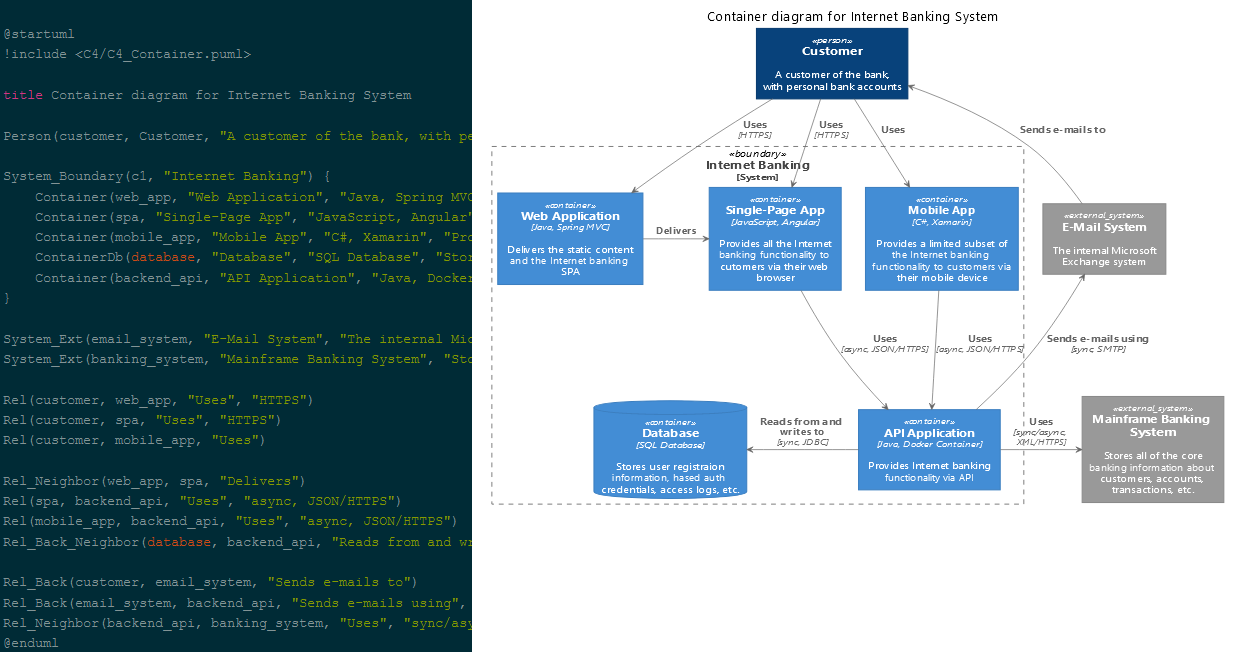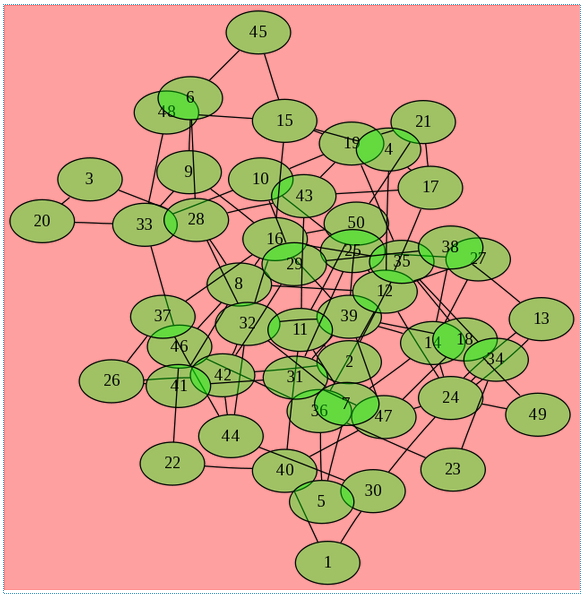
_agnodeattr(_graph, "fixedsize", "true") Set default attributes for the future nodes _graph(_agopen(name, AGDIGRAPHSTRICT)) // Strict directed graph, see libgraph doc GVGraph::GVGraph(QString name, QFont font, qreal node_size) :

While we display at 96 DPI on most operating systems. *! Dot uses a 72 DPI value for converting it's position coordinates from points to pixels All the attributes in the constructor are defined in Graphviz’s documentation. / Set the font to use in all the labelsĪnd the associated methods, beginning with the static parameters and the constructor/destructor. Void removeEdge(const QString& source, const QString& target) Void addEdge(const QString& source, const QString& target) GVGraph(QString name, QFont font=QFont(), qreal node_size=50)

* \param node_size The size in pixels of each node * \param font The font to use for the graph * \param name The name of the graph, must be unique in the application * \brief Construct a Graphviz graph object / Default DPI value used by dot (which uses points instead of pixels for coordinates)
#Graphviz tutorial code#
Here is a beginning of definition for such a class, which also contains bits of code for managing the aspect of our graph: /// An object containing a libgraph graph and its associated nodes and edges Unfortunately, there is no official C++ port of libgraph, and we’re doing C++ here, so we may want an object that will represent a Graph, with methods for adding Nodes and Edges. I recommend reading it before going any further, because I may forget to explain things about libgraph!
#Graphviz tutorial pdf#
A good introduction to this library is available as a PDF guide on Graphviz’s website. Actually, Graphviz provides libraries for that, so you don’t need to write a dot-syntax file and then use the very ugly (and completely unacceptable inside an application, in my opinion) system() call. The first step is to represent a graph so that Graphviz can compute it. Other functions defined this way: _agnodeattr(), _agedgeattr(), _agnode() and _gvLayout(). Return agsafeset(object, const_cast(qPrintable(attr)), Static inline int _agset(void *object, QString attr, QString value) / Directly use agsafeset which always works, contrarily to agset QString str=agget(object, const_cast(qPrintable(attr))) Static inline QString _agget(void *object, QString attr, QString alt=QString()) / Add an alternative value parameter to the method for getting an object's attribute Return agopen(const_cast(qPrintable(name)), kind) Static inline Agraph_t* _agopen(QString name, int kind)

For instance (the methods will be described in the next sections): /// The agopen method for opening a graph Since I don’t like warnings, I wrote wrappers for the functions that I needed, so I wouldn’t have to use qPrintable(), and I could hide the warnings with const_cast. One thing that annoyed me is that all calls to the library require char * parameters when only const char * are needed, which results in compilation warnings. Using libgraph to represent a Graphviz graph A little note on the libgraph APIīefore we begin, I would like to point out that the libgraph API is not always well designed. Here is a preview of a possible result with this tutorial, with no tweaking: This tutorial assumes you have a decent knowledge of how Graphviz works, and basic knowledge of the QGraphics API. I’m still going to give you the hints for fulfilling the three tasks above, and I will publish the class I wrote for my project (it is, of course, not generic at all, since it was designed for my particular needs). The whole thing is used in a computer security research project on which I’m not allowed to give any information, so I will be vague on some parts of this tutorial, and I will not provide a whole bunch of ready-to-run code.

draw our graph using QGraphicsEllipseItem and QGraphicsPathItem.tell Graphviz to compute positions for each node, and the path of each edge.represent a graph, using a C++ wrapper class for libgraph.We’re not talking about rendering an SVG graph with Graphviz and then printing it in a scene, however.
#Graphviz tutorial how to#
This post will be dedicated to explanations on how to draw graphs in Qt’s QGraphicsScene, using Graphviz.


 0 kommentar(er)
0 kommentar(er)
